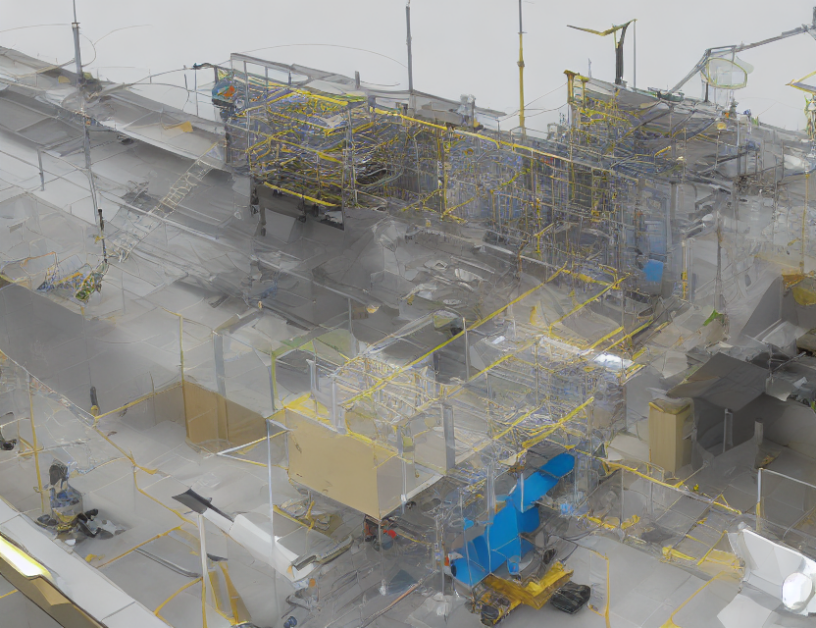In this research article, the authors present a new approach to imaging objects that are not visible to the naked eye. The proposed method uses a technique called time-reversal algorithm, which is similar to playing a recording of an object’s echoes in reverse. By analyzing the reversed echoes, the method can accurately detect the location and properties of hidden objects, such as small scatterers or obstacles.
The authors explain that their approach has several advantages over traditional imaging methods. Firstly, it is computationally efficient, meaning it can process large amounts of data quickly and accurately. Secondly, it makes use of both the travel time and amplitude information of the recorded acoustic data, leading to better image quality than existing methods. Finally, the proposed method has no restrictions on the waveform of the incident wave, allowing it to be used with a wide range of input signals.
To illustrate their method’s effectiveness, the authors provide examples of objects with different shapes and sizes, using various noise levels to demonstrate the robustness of their approach. They show that as long as the noise level is within a certain range, the proposed method can accurately recover the hidden object’s shape and location.
The authors acknowledge funding from the National Natural Science Foundation of China (NSFC) for supporting this research.
In summary, this article presents a novel imaging method that uses time-reversal algorithm to detect hidden objects with high accuracy and efficiency. By analyzing the reversed echoes of an object’s sounds, it can accurately locate and characterize unknown objects, such as small scatterers or obstacles. The proposed method has several advantages over traditional methods, including its computational efficiency, ability to handle a wide range of input signals, and robustness against noise levels.
Mathematics, Numerical Analysis
Time-Domain Direct Sampling Method for Inverse Acoustic Scattering Problems



